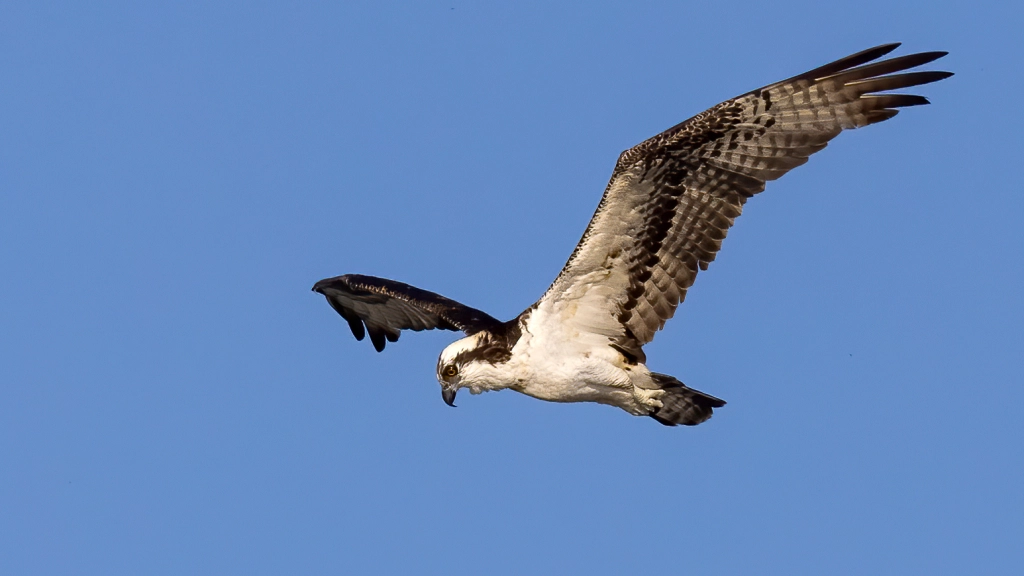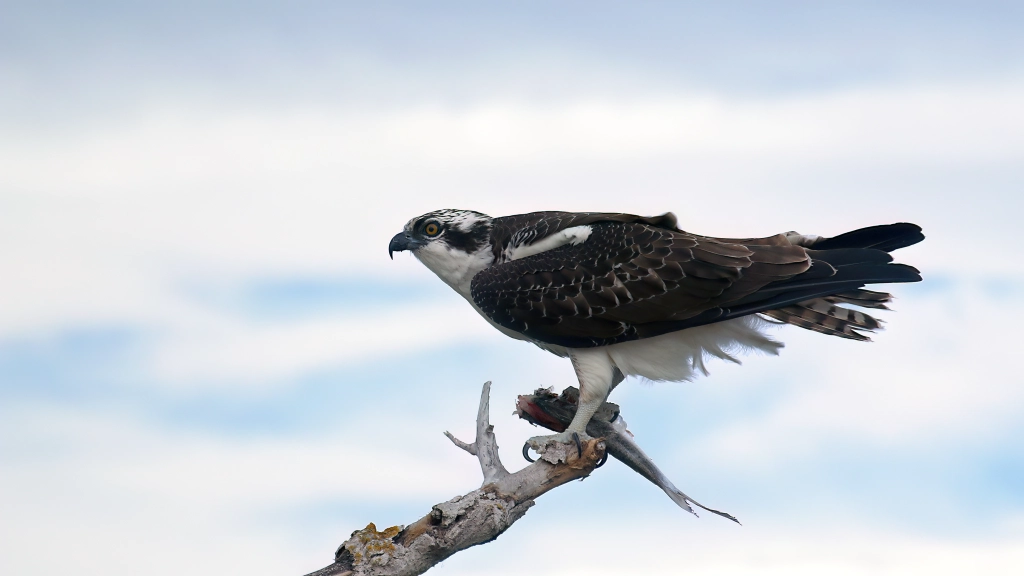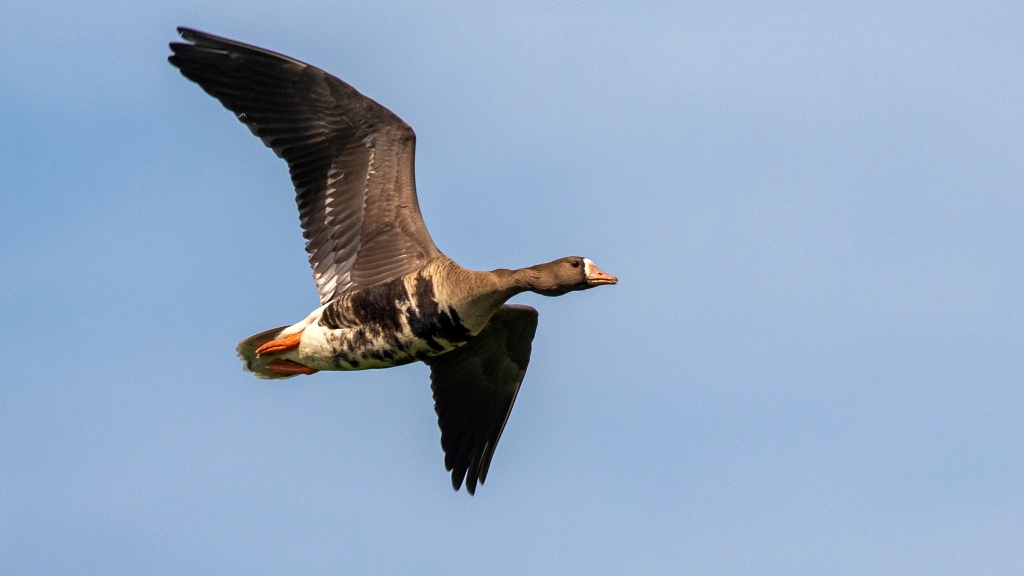Jim Gain’s Reflections of the Natural World isn’t just a virtual excursion into a visual paradise, it’s also a great educational tool for anyone wanting to learn more about nature through the doorway provided by birds in their native habitats. For Valley citizens, Jim’s Learn 100 Common Valley Birds provides a handy online field guide to the 100 most common bird species throughout the San Joaquin Valley.
Featuring bar charts and map grids showing each bird’s frequency and sites of occurrence as well as succinct descriptions of field marks and habitat, Learn 100 Common Valley Birds also provides an excellent gateway into the adventure of birding, one that can bring never-ending rewards of sight, song, and serendipity.
Thus far, we’ve been proud to run species 1 through 69 of Learn 100 Common Valley Birds. Today, we’re featuring numbers 70 and 71. Be sure to follow our links to these species for more photographs, useful bar charts and the up-to-date site maps included in Jim’s articles. Meanwhile, we’ll offer a few additional hints to finding and identifying the Osprey (species 70) and White-fronted Goose (71).

Species Number 70: Osprey
Like Bald Eagles, Ospreys suffered severe losses when accumulated residues from DDT resulted in egg-thinning that caused precipitous population declines in 1960s and 70s. After DDT was banned in 1972, Ospreys made a dramatic comeback.
Famous for their incredible fishing skills, Ospreys plummet out the sky, grab fish in their formidable talons, then fly off to feast on their prey. Since their recovery, they can be found nesting near lakes and rivers throughout the Valley.
From a distance, Ospreys are often mistaken for Bald Eagles. Look for the mask around their eyes to mark the difference. With a little practice, the Osprey’s much smaller bill will also distinguish it from the much larger Bald Eagle’s huge hooked bill.

In flight, the Osprey’s M-shaped bent wings are a telling field mark. Look for these spectacular birds at places like Modesto Reservoir, Woodward Reservoir, San Luis Reservoir, and along the Valley’s big rivers, the San Joaquin, Tuolumne and Stanislaus.
Species Number 71: White-fronted Goose
White-fronted Geese are among our most spectacular winter visitors. They arrive from their northern nesting grounds in late October, November and December along with hundreds of thousands of Canada, Aleutian, Snow and Ross’s Geese.
Also known as “speckle-bellied” geese for their dappled bellies, White-fronted Geese have a broad white margin around their orange bills. That field mark and their medium-gray coloration help distinguish them from the other waterfowl that flock to the Valley during the late fall and winter months.

Merced National Wildlife Refuge is one of the better locations for viewing White-fronted Geese, which can also be often seen in recently harvested corn fields throughout the Valley. Another good location is the viewing platform for the San Joaquin River National Wildlife Refuge along Beckwith Road in Stanislaus County.
Rafts of ducks and geese on our lakes and reservoirs also often contain flocks of White-fronted Geese. In fact, identifying the various species of waterfowl among large groupings is one of the greater pleasures of birding that also offers a convenient opportunity to learn more birds.
For more spectacular photographs and excursions into nature, be sure to visit Jim Gain’s outstanding website. From San Joaquin Valley birds onward to birds of the nation and world, Jim offers an encyclopedic knowledge that makes learning birds quicker and easier than most any other approach. The beautiful photographs alone are worth the visit.
